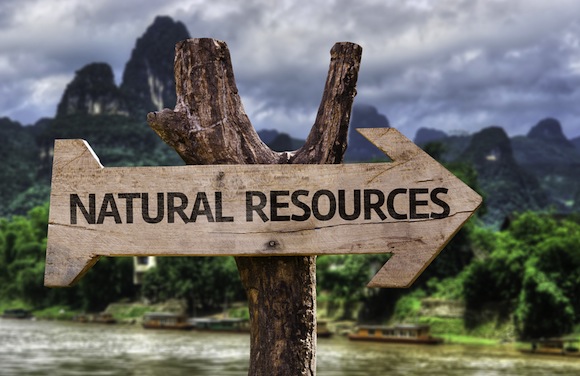Birth and Death of Stars
Introduction of stars Stars are non-living structures that live for billions of years. Though they are non-living, they take birth, they grow and die like a living being. That’s why, our life span is too short to see and experience a star formation. It is quite impossible for astronomers to see a star being formed, … Read more










